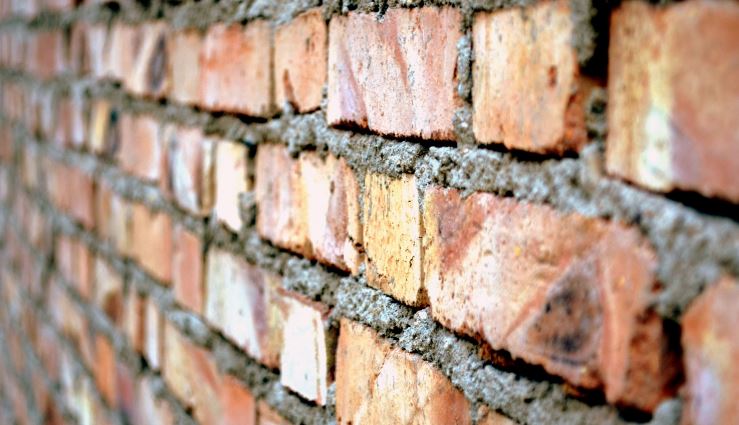You may never get to know about what mortar joint repair is unless you have an exquisite and comfortable home built with bricks located attractively in the heart of the suburbs. One thing I especially love the most about mortar built homes is the comfort and relaxation sense in which it gives the owner. As an inhabitant, you’d have the privilege to enjoy the coolness of the air and atmosphere around you. Even under heavy sunlight or a mix of harsh weather conditions, one may always be hopeful to encounter a totally different feeling under the mortar built home roof.
Modern homes in cities like London, Manchester and Leeds are most found in this home build material. It totally depends on the sense of building and construction that a particular area have – since same home construction/build style is not peculiar to other great cities.
Regardless of how much love you have for your mortar built home, there are times when mortar structures come up with several maintenance problems. It is certain than some of these problems are caused as a result of weather conditions of a place. However, the most commonest you may be unopportune to meet with what is globally known as the Mortar Joint Breakage!
Mortar Joint
In stone works or mortar built structures, mortar joints are the spaces between blocks, solid pieces, or glass hinders, that are loaded with mortar or grout. In the event that the surface of the brick work remains unplastered, the joints contribute fundamentally to the presence of the masonry. Mortar joints can be made in a progression of various designs, yet the most widely recognized ones are raked, grapevine, expelled, inward, V, struck, flush, weathered and beaded.
Keeping in mind the end goal to deliver a mortar joint, the builder must use one of a few sorts of jointers (slickers), rakes, or beaders. These instruments are go through the grout in the middle of the building material before the grout is strong and make the fancied result the builder looks for.
Mortar Joint Breakage and Repair
In cases where the home build mortars have been fully mould and used for construction, it is obvious that there will be little opening around its joints of which the cemented part would have covered to some extent. When mortars begins to get old (sometimes from 15 to 30 years), the mortar tend to start breaking of the cements used in its early plastering in the joints where each mortar converge. Hence may result in a serious problem if not well treated with time.
When this happens, it is called a mortar joint defect and it has to be attended to in the nearest time as possible to prevent further rot upon the structure or and also…
- To prevent unwanted damage of the whole mortar therefore causing the structure leak water, air and almost get hotter usual in case of hot weather condition.
- To prevent total breakdown of the structure as a result of loss of cement to hold up the bricks.




